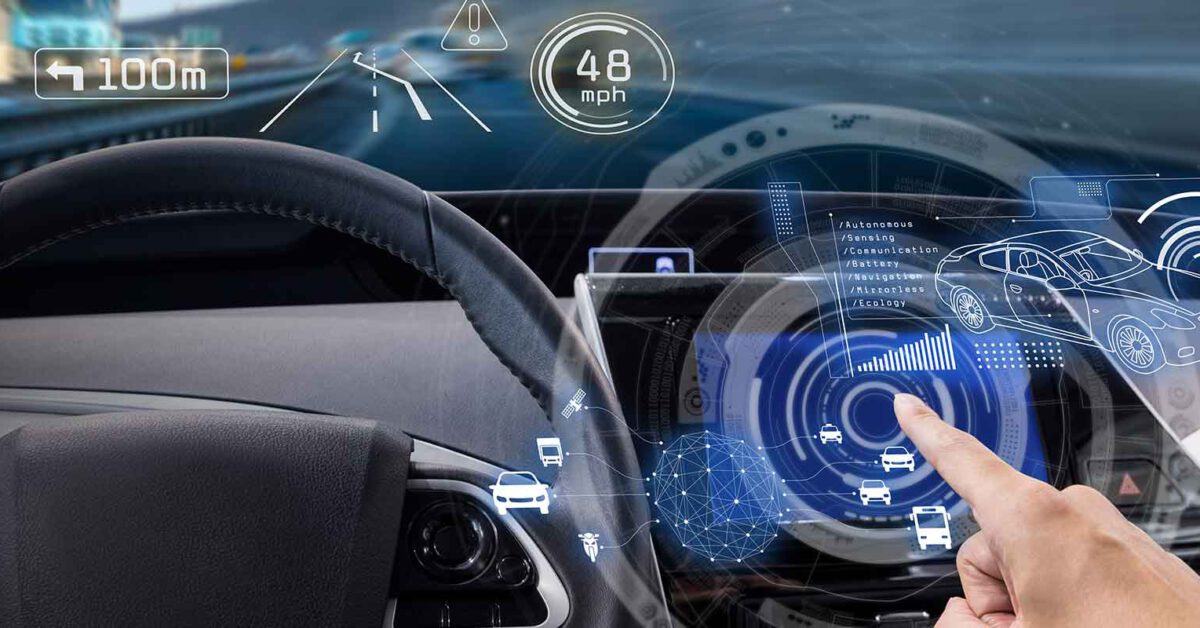
Emerging tech advances like driverless cars, drones, wearable devices, 3D printing and the Internet of Things (IoT) are about to have a huge impact on how after-sales service, the service delivered after the initial sale of a product, is performed. And in a significant (and positive!) way.
The main people affected by this tech boom are manufacturers of long lasting durable goods, specifically, as these new and evolving technologies will finally give them a chance to respond to the increasing demands of today’s consumers (thanks a lot, Amazon).
“How?” you ask. Well, after-sales service is quickly becoming one of the biggest opportunities for manufacturers to generate revenue, increase margins and improve customer loyalty. And for field service repairs, emerging tech advances, used correctly, could become a huge source of competitive differentiation and improved service levels for said companies.
Out of the aforementioned five emerging technologies, first up: driverless cars and drones. Let’s take a look at how manufacturers can use them to meet their field service demands.
Driverless Cars
According to Juniper Research, by 2025 there will be 20 million driverless cars on roads around the world, with them becoming most popular in North America and Western Europe by 2021. For manufacturers, this new development could be especially beneficial to field service.
Here’s how: Driverless vehicles mean technicians can multitask – something that they can’t (or at least shouldn’t) do behind the wheel today. This multitasking allows technicians to use their field service app to ensure the upcoming appointment is as efficient as possible while en-route to the call – reading up on customer history, service part inventory and equipment data – so that the technician walks into the appointment ready to make the repair quickly and successfully.
The possibilities here are endless. Let’s say a vehicle isn’t stocked with a needed service part. With an autonomous car, it could self-drive to a warehouse to retrieve it while the technician is working on other aspects of the repair.
This emerging technology could provide new and easy ways for technicians to do their jobs more efficiently and effectively, and ultimately help manufacturers to create that competitive edge with their service organization.
Drones
No longer a figment of our Jetson’s imagination, drones are becoming increasingly common for personal use. You’ve seen them at high school sporting events, outdoor concerts or even in large scale photography settings. But for field service, specifically, there are both immediate and long-term benefits of drone technology.
As for right now? Drones can be used as a means of diagnosing issues on large-scale equipment, like say, oil rigs. The bonus here is this means less risk for the field service technician, as drones can help them survey large or hard-to-reach areas without putting themselves in dangerous situations. Or, they can be used in warehouses to retrieve service parts, making the process much more efficient.
But if we’re thinking future — drones could even be used to deliver a part in the field. If a technician is on-site making a repair but doesn’t have the necessary part, a drone could bring it to them, eliminating the need to make an additional service call down the road.
These booming technology advances are already starting to impact businesses today. And when it comes to field service, manufacturers have got to consider adopting them if they want to meet the needs of today’s customers, while simultaneously driving revenue.